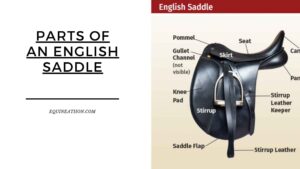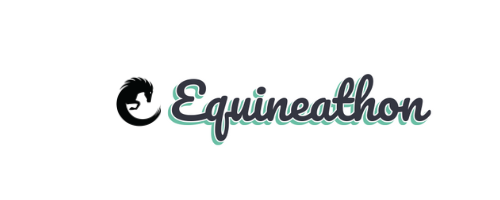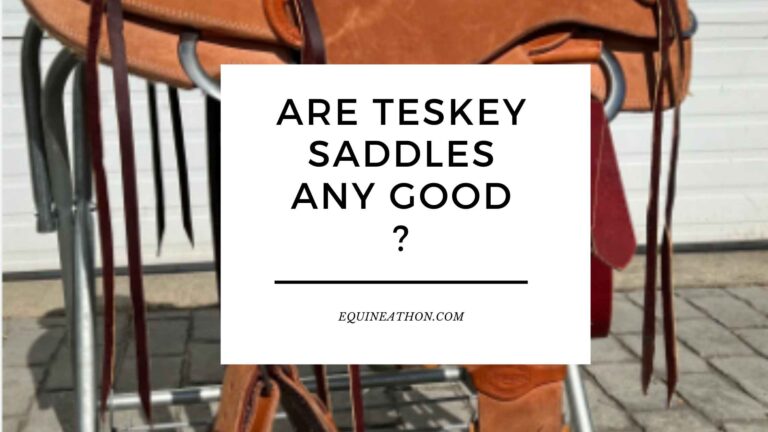[IMAGE INCLUDED] Parts of an English Saddle
As I transitioned from my casual riding days into the world of professional equestrianism, the English saddle became an integral part of my journey. The elegance, precision, and bond it offers between the horse and rider are unparalleled.
However, it wasn’t just about hopping onto the saddle; understanding its parts was paramount to my riding experience. If you’ve ever wondered about the different components of an English saddle, let me guide you through my own discovery.
An English saddle is meticulously crafted with the rider’s and horse’s comfort in mind. Distinguished from its Western counterpart by its lack of a horn and other key differences, the English saddle is a marvel in design. Let’s embark on this exploration together:
1. Pommel: The raised front part of the saddle, which sits just before the rider’s lap. It should not come into contact with the horse’s withers (the ridge between the shoulder blades).
2. Cantle: The raised back part of the saddle. It supports the rider’s seat and aids in maintaining an upright posture.
3. Seat: The central part where the rider sits. In an English saddle, the seat is flatter compared to the deep seat of a Western saddle, allowing for various riding positions.
4. Skirt: This is the flap of leather beneath the main body, adding an aesthetic finish and protecting the horse from the saddle’s billets and tree.
5. Panels: Cushioned sections beneath the saddle. These provide padding for the horse’s back and help distribute the rider’s weight evenly.
6. Gullet: The channel that runs down the center of the underside of the saddle, ensuring the horse’s spine remains pressure-free.
7. Stirrup Bar: A metal bar to which the stirrup leathers are attached. It has a safety latch to release the stirrups in case of emergencies.
8. Stirrup Leathers: Straps that attach the stirrups to the stirrup bars. They are adjustable to fit the rider’s leg length.
9. Stirrups: The metal footrests. They help riders mount, offer foot support, and play a vital role in achieving correct riding posture.
10. Flaps: Large pieces of leather attached to both sides of the saddle. The size and shape vary based on the riding discipline. For instance, jumping saddles have forward-cut flaps, while dressage saddles feature straight-cut ones.
11. Billets and Girth: Billets are the straps hanging beneath the flaps. The girth, a band that encircles the horse’s belly, is attached to these billets, ensuring the saddle’s stability.
12. Knee Rolls: Padded sections on the saddle’s front, providing the rider’s knees with added support, particularly during jumping.
From my first riding lesson to competing at dressage events, my English saddle has been my trusty companion. Each component, with its unique function, is vital in ensuring both the rider’s and horse’s safety and comfort.
Delving deeper into its intricacies has truly enhanced my riding prowess and deepened my respect for this beautiful equipment.
So, the next time you’re on or around an English saddle, I hope you’ll see it not just as a tool, but as a testament to centuries of equestrian evolution. Safe riding!
ALSO SEE: Parts of a Western Saddle

FAQs about the Parts of an English Saddle
1. Q: What is the primary purpose of the pommel on an English saddle? A: The pommel is the raised front part of the saddle and ensures there’s no contact with the horse’s withers.
2. Q: How does the cantle aid the rider? A: The cantle supports the rider’s seat and helps maintain an upright riding posture.
3. Q: Are English saddles generally flatter than Western saddles? A: Yes, English saddles typically have a flatter seat compared to the deep seat of Western saddles.
4. Q: What function does the skirt serve in an English saddle? A: The skirt adds an aesthetic finish and protects the horse from the saddle’s billets and tree.
5. Q: Why are panels important in English saddles? A: Panels provide padding for the horse’s back and distribute the rider’s weight evenly.
6. Q: What is the significance of the gullet in an English saddle? A: The gullet ensures the horse’s spine remains free from direct pressure.
7. Q: How do stirrup bars enhance safety? A: Stirrup bars come with a safety latch that can release the stirrups in emergencies, preventing the rider from getting trapped.
8. Q: What are stirrup leathers used for? A: Stirrup leathers attach the stirrups to the stirrup bars and can be adjusted for the rider’s leg length.
9. Q: How do flaps in jumping saddles differ from those in dressage saddles? A: Jumping saddles have forward-cut flaps, while dressage saddles feature straight-cut ones.
10. Q: How do billets and the girth interact? A: Billets are straps beneath the flaps, and the girth attaches to them to ensure the saddle’s stability.
11. Q: Why are knee rolls significant in some English saddles? A: Knee rolls provide added support for the rider’s knees, especially during jumping activities.
12. Q: Does the English saddle design vary with equestrian disciplines? A: Yes, for example, dressage saddles and jumping saddles differ in flap design and other features.
13. Q: How does understanding saddle parts enhance riding? A: Knowing the different parts ensures optimal comfort, safety, and effective communication with the horse.
14. Q: Are there specific materials preferred for English saddles? A: English saddles are often crafted from fine leather, though synthetic materials are also available.
15. Q: Can the gullet width be adjusted in all English saddles? A: Not all, but some modern saddles offer adjustable gullet systems for a better fit.
16. Q: Why is the seat design flatter in English saddles? A: A flatter seat allows riders more flexibility in their riding positions.
17. Q: How often should one check the fit of their saddle? A: Regular checks are advisable, especially if the horse’s weight or muscle tone changes.
18. Q: Do all English saddles come with knee rolls? A: No, not all English saddles have knee rolls. Their presence depends on the saddle’s specific design and intended use.
19. Q: What’s the primary purpose of the stirrups? A: Stirrups offer foot support, assist in mounting, and help achieve the correct riding posture.
20. Q: How does the rider’s posture influence the choice of an English saddle? A: The saddle should support and complement the rider’s natural posture, so individual needs can influence the choice of saddle design.


